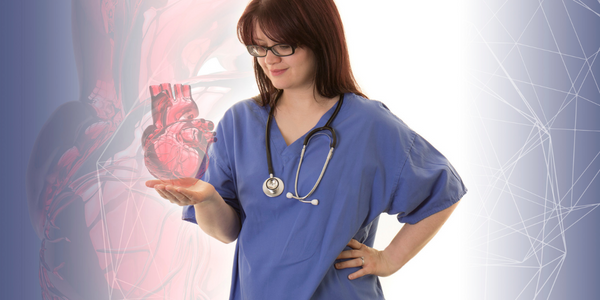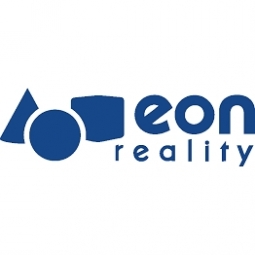
- Analytics & Modeling - Virtual & Augmented Reality Software
- Wearables - Augmented Reality Glasses, Headsets & Controllers
- Healthcare & Hospitals
- Human Resources
- Virtual Training
The UK’s National Health Service, the UK’s national public health care provider, trains thousands of healthcare assistants, nurses, and doctors every year and employs some 1.5 million people, making it a top five employer globally. As a result, the NHS is constantly searching for better ways to train their employees and achieve better learning results.
One problem they identified was that certain subject areas were challenging for learners using conventional training methods, which are both costly and time consuming. They needed a solution that would accelerate knowledge transfer of key subject areas, reduce costs, and improve the number of people who can be exposed to training.
EON Reality was selected by the NHS to develop three interactive, tablet based applications with Augmented Reality functionality to cover three difficult-to-teach topics: Breech Birth (Obstetrics), Chest/Lung Emergencies, and Sepsis awareness/identification.
These apps were designed to be used both in the ward or in a classroom and then used as a “take-away” application loaded on the trainee’s device for off-site review and reinforcement of the learning objective.
Together with NHS’s doctors, surgeons, and other subject matter experts, EON Reality created applications that illustrated the differences between several lung and heart conditions, three types of breech birth conditions, and a diagnostic tool to help identify sepsis in patients.

Case Study missing?
Start adding your own!
Register with your work email and create a new case study profile for your business.
Related Case Studies.









